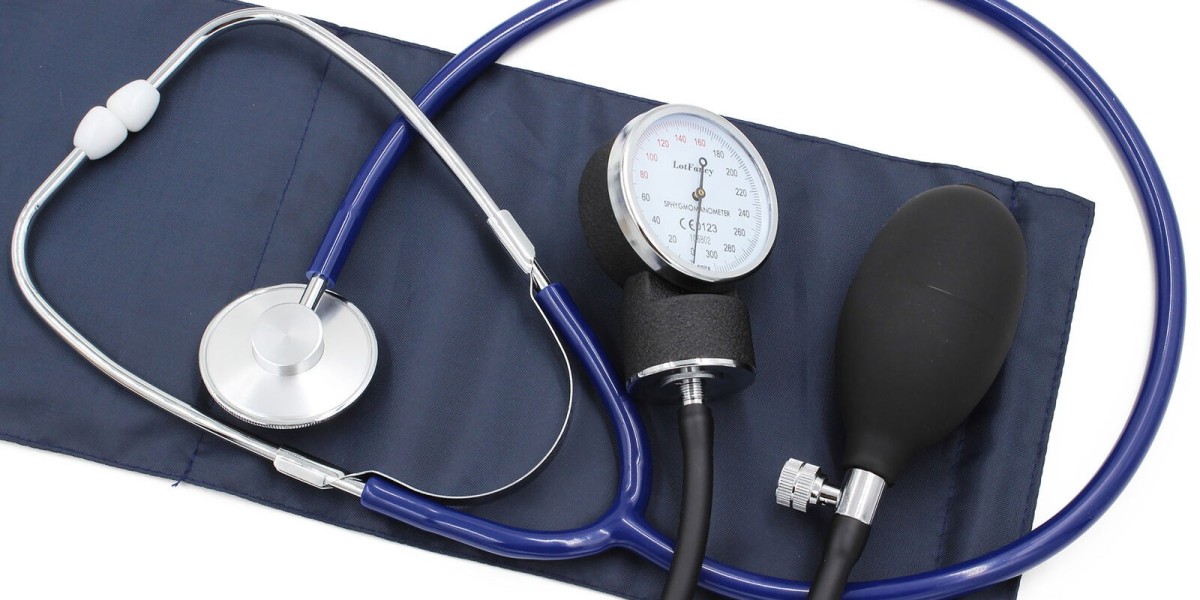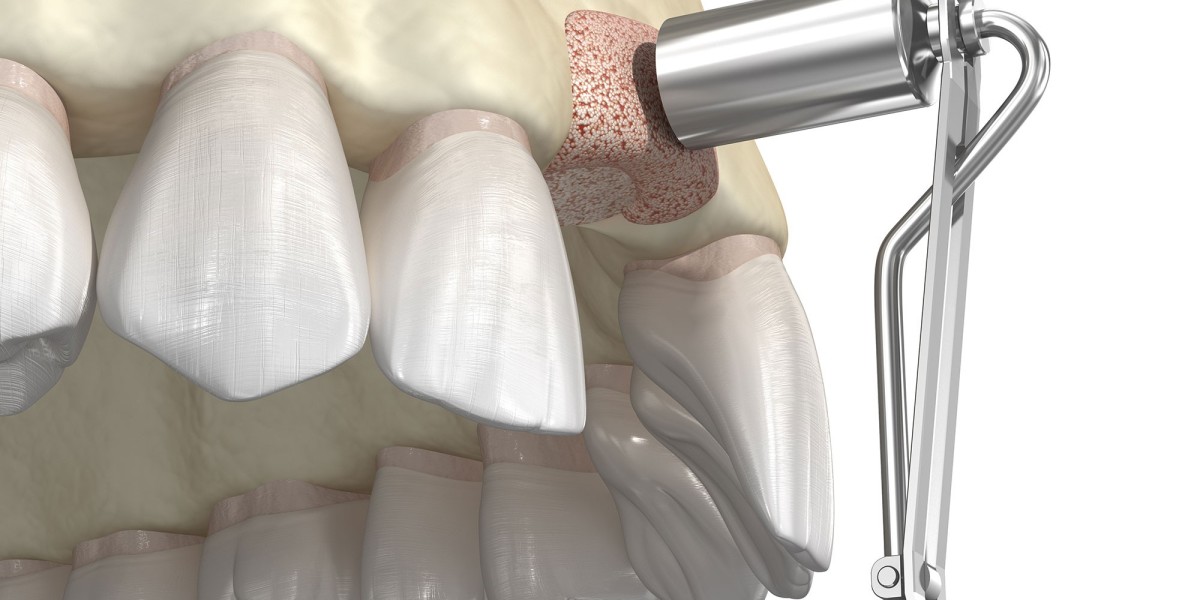In the realm of healthcare, the sphygmomanometer holds a pivotal role in monitoring one of the body's vital signs: blood pressure. This indispensable device, often found in clinics, hospitals, and even households, provides crucial insights into cardiovascular health and helps healthcare professionals make informed decisions about diagnosis and treatment. Let's delve into the world of sphygmomanometers, exploring their history, function, and significance in modern medicine.
The sphygmomanometer traces its origins back to the 19th century when Italian physician Scipione Riva-Rocci invented the first mercury-based instrument for measuring blood pressure. Over the years, advancements in technology and design have led to the development of various types of sphygmomanometers, including mercury, aneroid, and digital models, each offering unique advantages in terms of accuracy, portability, and ease of use.
Central to the function of a Sphygmomanometer is the inflatable cuff, which is wrapped around the upper arm and connected to the pressure gauge. When inflated, the cuff temporarily occludes the brachial artery, cutting off blood flow. As the cuff is gradually deflated, a healthcare provider listens for the characteristic sounds of Korotkoff, produced by turbulent blood flow as it begins to re-enter the artery. The point at which these sounds first appear (systolic pressure) and disappear (diastolic pressure) corresponds to the patient's blood pressure reading.
Traditional mercury sphygmomanometers, characterized by a column of mercury within a glass tube, have long been considered the gold standard for blood pressure measurement due to their precision and reliability. However, concerns about mercury exposure and environmental safety have led to a shift towards alternative technologies, such as aneroid and digital sphygmomanometers.
Aneroid sphygmomanometers utilize a mechanical pressure gauge with a needle that indicates blood pressure readings on a dial. These devices are lightweight, portable, and do not require mercury, making them suitable for use in various healthcare settings. However, they require regular calibration to ensure accuracy and may be more prone to mechanical failure compared to mercury devices.
Explore More Articles - Bioburden Testing Market








